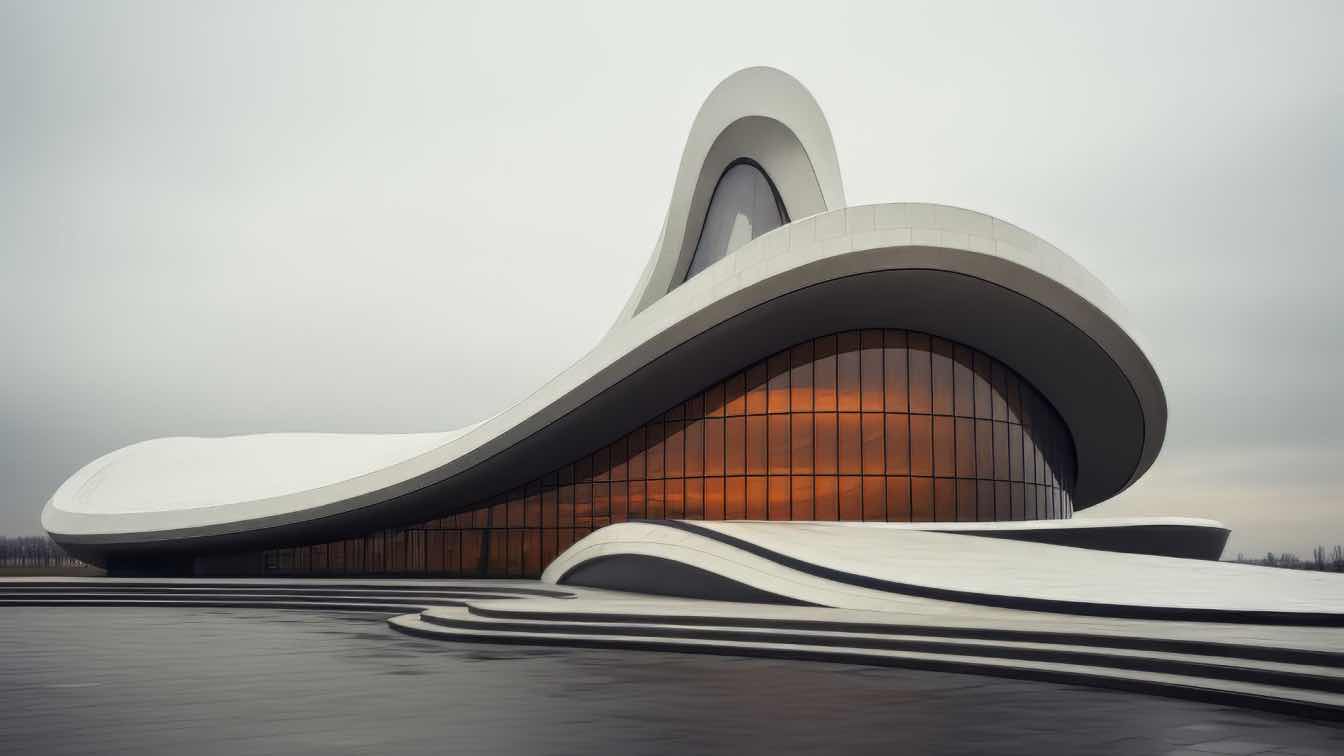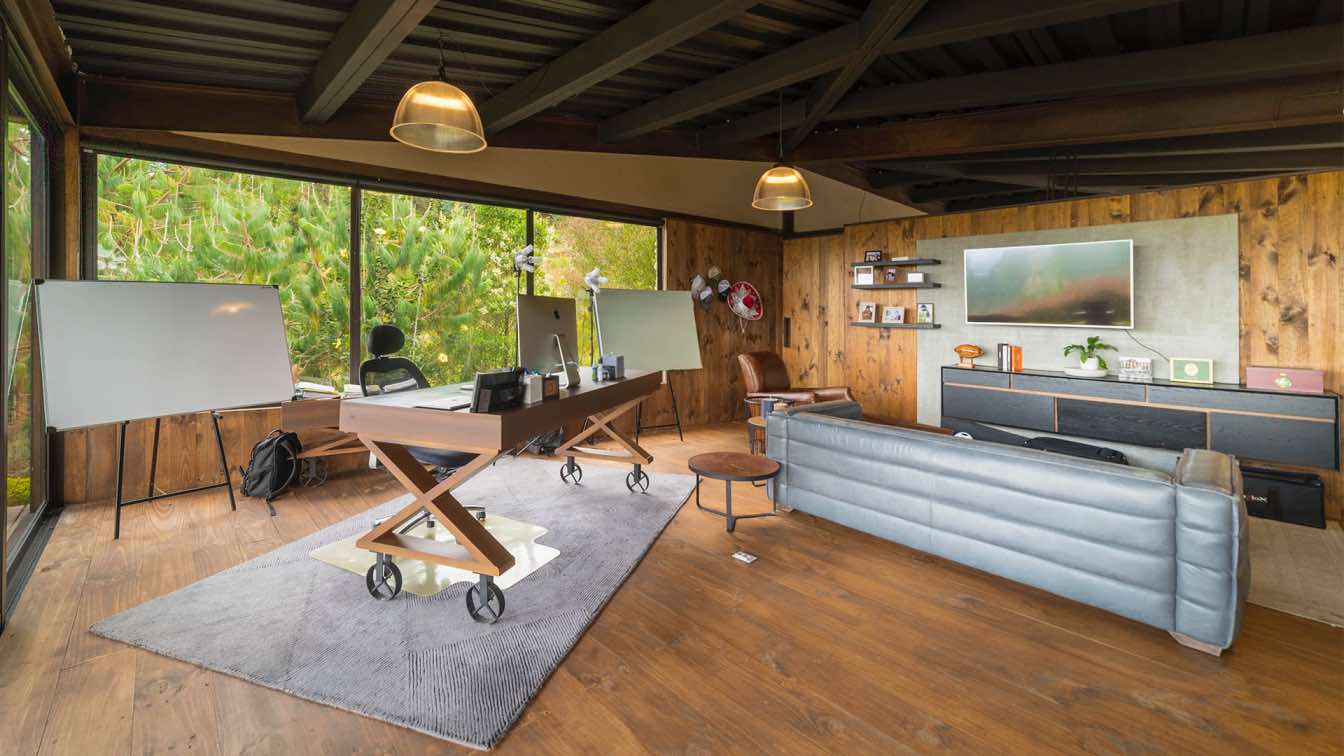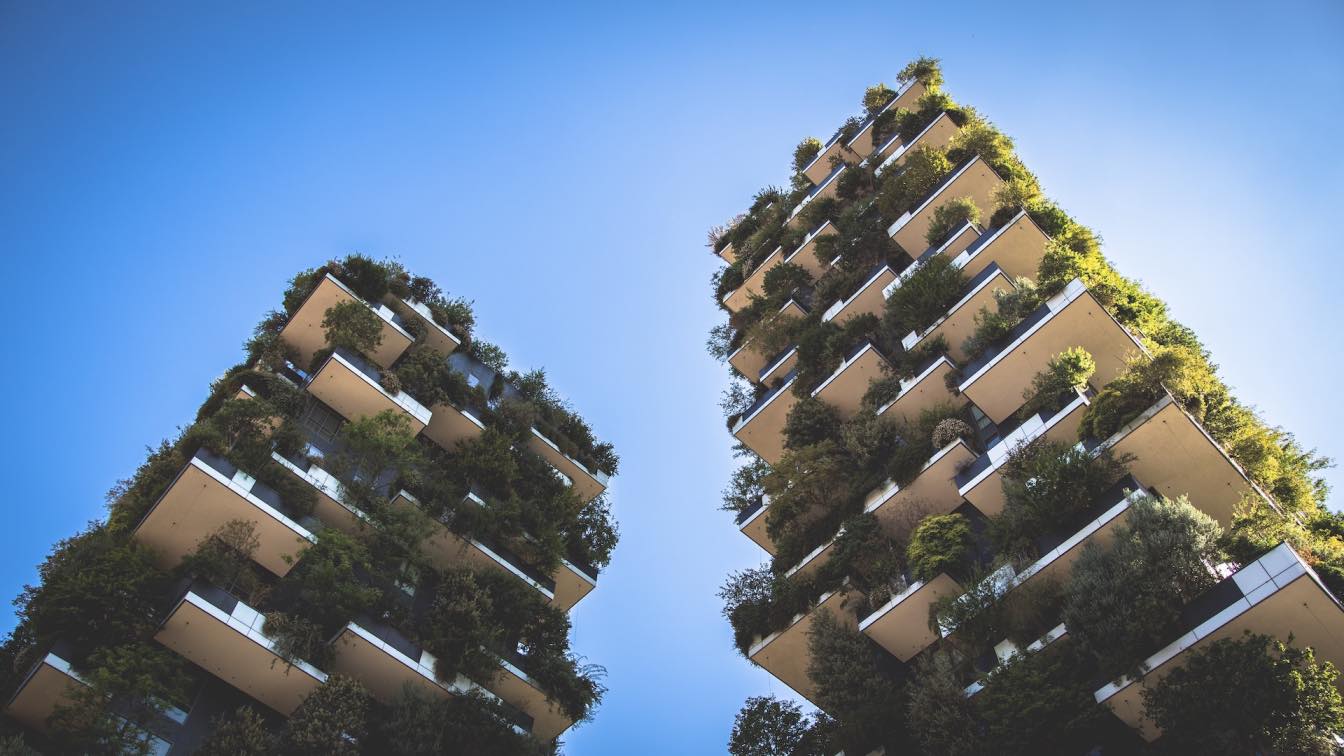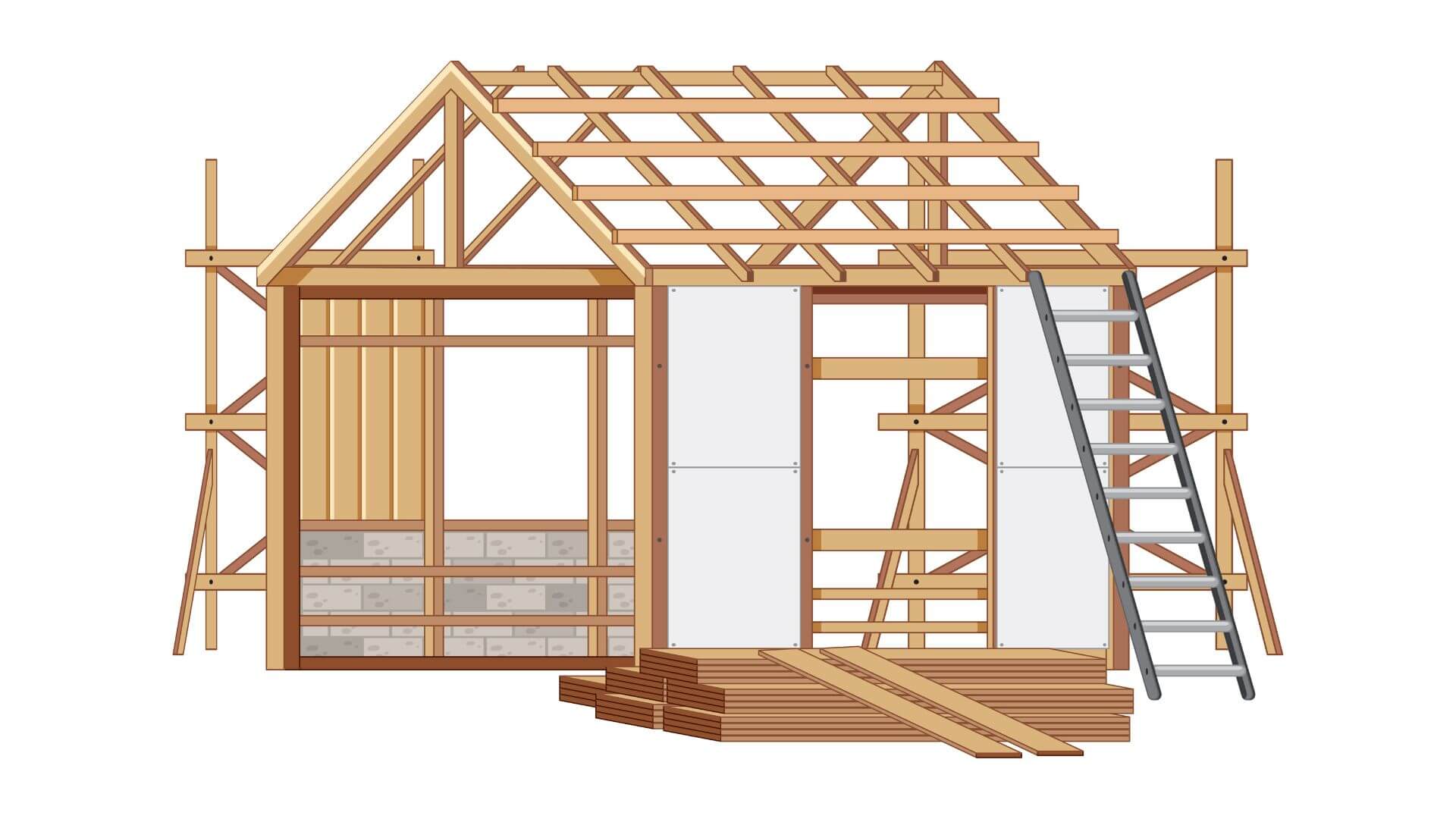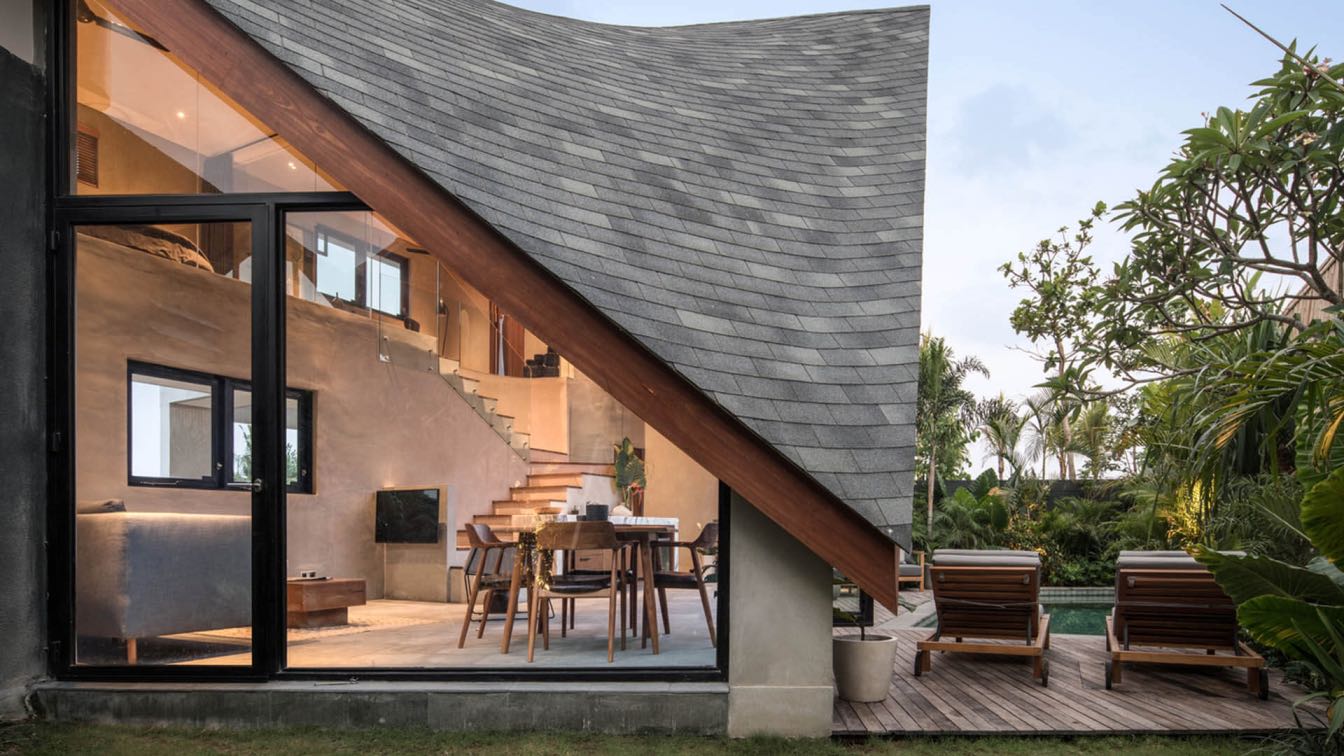Architecture has always been a silent form of communication. A façade is more than the skin of a building; it is the public face, the statement piece, and the mood setter. The way a building looks on the outside tells us about the time it was built, the values of its designers, and the ambitions of its city. When we talk about futuristic façades, we are not just talking about glass and steel. We are talking about new languages of design that break from the past and look toward the next century.
Why Façades Matter in Contemporary Design
For centuries façades were ornamental masks layered over practical structures. Cathedrals needed walls, but they also needed intricate carvings that reminded worshippers of heaven. Palaces needed grand entrances that suggested power. Today, façades must juggle more roles. They have to be visually striking, environmentally responsible, structurally efficient, and instantly recognizable in a digital feed. A façade is now both an Instagram post and a real-world experience. It has to satisfy two audiences at once.
Materials That Define the Future
The materials shaping futuristic façades are as diverse as the ambitions behind them. Glass remains a favorite, but it is no longer just a transparent wall. Smart glass can shift from clear to opaque, regulating heat and privacy. Metal composites are lighter yet stronger, allowing daring curves. Recycled concrete and biophilic panels are gaining traction, turning façades into eco-statements. The shift is clear: façades are not static; they are reactive, adaptive, and sometimes alive.
Geometry as a Statement
The new generation of façades revels in geometry. Architects are using parametric design software to stretch, fold, and twist traditional forms into unexpected patterns. Instead of flat walls, we see honeycombs, tessellations, and fractals. These designs push buildings into the realm of visual sculpture. Geometry is not just about looks, though. It distributes weight, filters light, and guides air. A futuristic façade is as much an engineering solution as it is an aesthetic decision.
Technology Meets Tradition
While the eye gravitates toward the shiny and new, futuristic façades also borrow heavily from tradition. Mashrabiya screens from Middle Eastern architecture, for example, inspire shading systems on skyscrapers in Dubai and Doha. Japanese shoji principles influence sliding façades that blend indoor and outdoor spaces. The future does not erase the past; it digests it. The façades that feel most futuristic often carry DNA from centuries-old solutions to heat, light, and privacy.
Sustainability on the Surface
Climate change has forced façades to evolve beyond appearances. A futuristic façade must also reduce energy consumption. Vertical gardens cool buildings while absorbing carbon. Solar-integrated glass panels generate electricity. Dynamic shading systems respond to the position of the sun, cutting reliance on artificial cooling. These façades become living parts of the ecosystem rather than decorative shells. The result is a façade that looks futuristic not because of neon lighting or metallic sheen but because it functions responsibly.
Iconic Global Examples
Certain buildings have already set the benchmark for futuristic façades. The Al Bahar Towers in Abu Dhabi feature a responsive mashrabiya system that opens and closes like flowers depending on the sun. The Harbin Opera House in China sweeps upward like a frozen wave, its curves blending with the icy landscape. In Copenhagen, the Mountain Dwellings merge residential housing with a sloping green façade that doubles as a rooftop park. Each of these examples shows how façades can do more than dazzle; they can transform the way people live and move through cities.
Digital Architecture and Visualization
The future of façades is also being drawn on screens. Digital visualization tools allow architects to test thousands of iterations before a single beam is placed. Software can simulate wind flow, sun angles, and material stress. These tools are not just convenient; they create a new aesthetic. The algorithm often suggests patterns that human intuition would never imagine. The result is a breed of façades that look like they were grown in a lab, organic yet mechanical, alien yet functional.
Residential Projects and Everyday Futures
It is easy to associate futuristic façades with skyscrapers and cultural landmarks, but the trend is filtering into residential neighborhoods. Developers are experimenting with angular façades, modular cladding, and minimalist geometries in housing projects. For buyers, façades are not just about curb appeal anymore. They are about lifestyle, sustainability, and long-term value. Real estate groups like The Shawn Lepp Group highlight how modern design choices, even in single-family homes, can set properties apart in a competitive market. A façade becomes an asset, not just a wall.
The Human Experience of Façades
We can analyze shapes and materials all day, but façades also live in memory. A futuristic façade is successful when it makes someone stop, look, and remember. The ripple of light across a curved glass surface, the sense of shade under a dynamic canopy, the softness of greenery on a vertical wall. These experiences anchor people to places. The façade becomes not just an object but part of the city’s collective identity.
Challenges in Designing the Future
With ambition comes difficulty. Futuristic façades often require advanced construction techniques that drive up costs. Maintaining them can be complex, especially when mechanical systems are integrated into the outer shell. There is also the risk of chasing novelty for novelty’s sake. A façade that looks radical in year one may look dated by year five. Architects must balance innovation with timelessness, a paradox that defines the challenge of design in every era.
What the Next Decade Might Hold
Looking ahead, façades will likely become even more integrated with technology. Imagine walls that harvest rainwater, skins that shift color based on mood, or surfaces that store and release heat depending on the season. Nanomaterials and biomimicry will blur the line between natural and artificial. Buildings will not just sit in cities; they will interact with them. The façade will be a living organism, part of an urban metabolism that feeds, breathes, and adapts.
The Future on Display
The futuristic façade is not science fiction. It is already here, in cities across the globe, shaping how people interact with buildings and with each other. From sustainability to storytelling, from geometry to technology, façades have become the stage where architecture projects its vision of tomorrow. The façades of the future are not passive backgrounds. They are active participants in the drama of urban life, and their presence is impossible to ignore.

